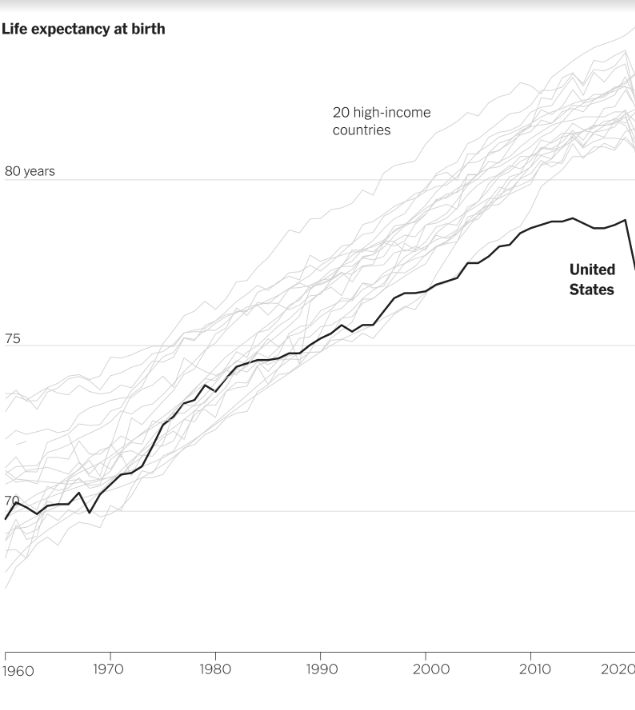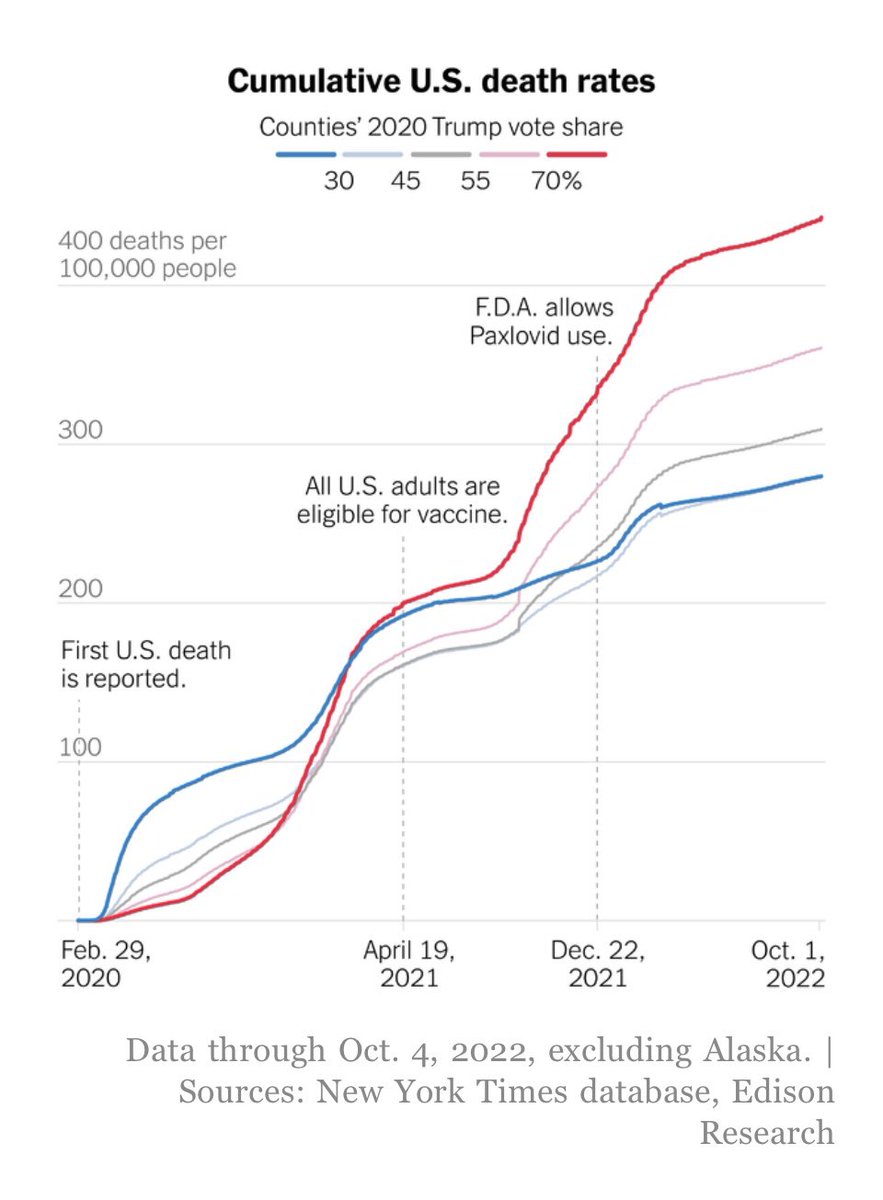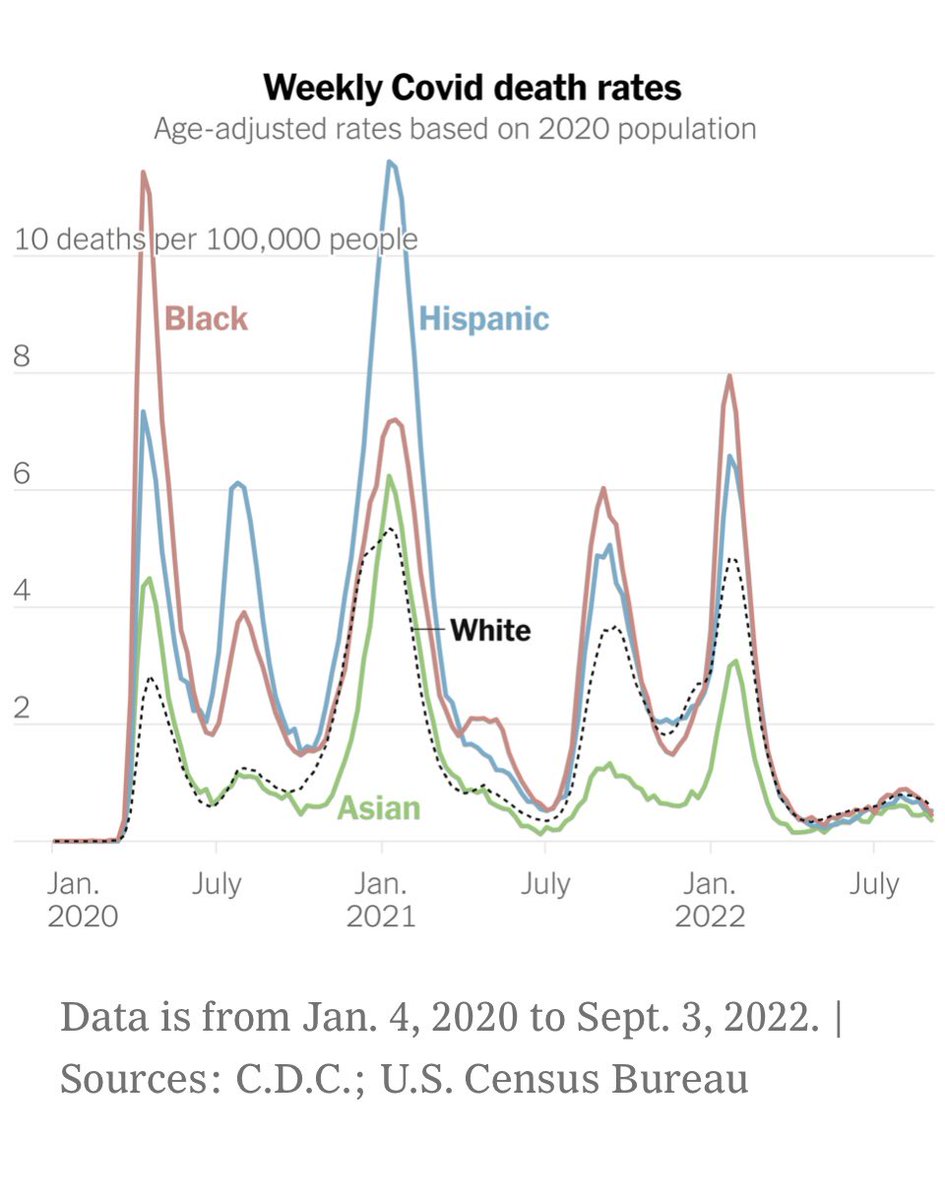
Senior writer, N.Y. Times. Author, "Ours Was the Shining Future: The Story of the American Dream." Best book of the year, Atlantic, FT & TNR. Now in paperback.
24 subscribers
How to get URL link on X (Twitter) App






 I’ve spent the last several years writing a book that tries to make sense of how our country has gotten here – and what we can do to set ourselves on a different path. I hope you’ll read it.
I’ve spent the last several years writing a book that tries to make sense of how our country has gotten here – and what we can do to set ourselves on a different path. I hope you’ll read it. 
 During Covid’s worst phases, the total number of Americans dying each day was more than 30% higher than normal.
During Covid’s worst phases, the total number of Americans dying each day was more than 30% higher than normal. 








